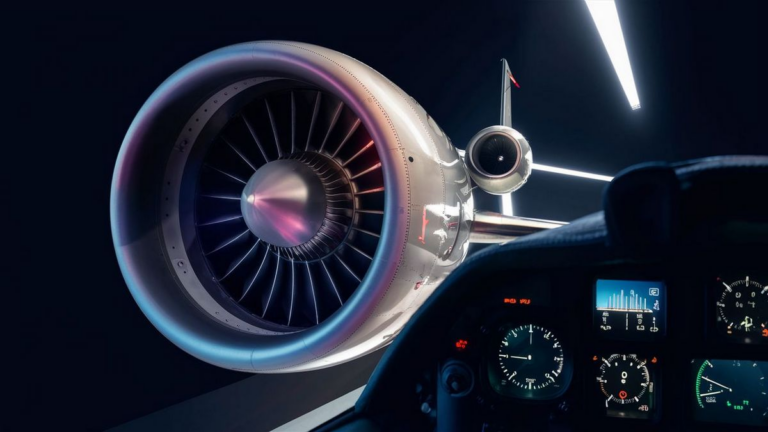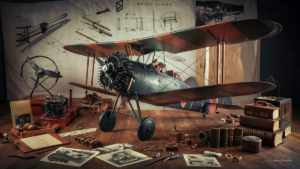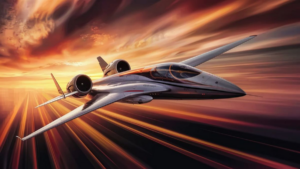When it comes to aviation, the question of horsepower is often a topic of curiosity and debate. Many people wonder just how much power is needed to propel an aircraft through the skies. In this article, we’ll explore the fascinating world of aircraft engines and delve into the question: How much horsepower does a plane have?
The Basics of Aircraft Engines
Before we can answer that question, it’s important to understand the basics of aircraft engines. Unlike the engines found in cars, which are typically measured in horsepower, aircraft engines are rated in terms of thrust. Thrust is the force that propels an aircraft forward through the air.
Aircraft engines come in various types, including piston engines, turboprop engines, turbojet engines, and turbofan engines. Each type of engine produces thrust differently, and the amount of thrust generated depends on factors such as engine size, design, and efficiency.
Piston Engines
Piston engines, also known as reciprocating engines, are commonly found in smaller aircraft, such as single-engine planes and light sport aircraft. These engines operate by converting fuel into mechanical energy through a series of controlled explosions within the cylinders.
Turboprop Engines
Turboprop engines are a type of gas turbine engine commonly used in regional airliners, commuter aircraft, and military transport planes. These engines use a gas turbine to drive a propeller, which generates thrust by accelerating a large mass of air backwards.
Turbojet Engines
Turbojet engines are another type of gas turbine engine that powers many commercial and military jet aircraft. These engines operate by compressing incoming air, mixing it with fuel, and igniting the mixture to produce a high-velocity exhaust stream that creates thrust.
Turbofan Engines
Turbofan engines are a variation of turbojet engines commonly used in modern commercial airliners. These engines feature a large fan at the front that bypasses some of the incoming air around the core engine, resulting in greater fuel efficiency and quieter operation.
How Much Horsepower?
Now, back to the original question: How much horsepower does a plane have? While aircraft engines are not typically rated in horsepower, it is still possible to estimate the equivalent horsepower based on the amount of thrust they produce.
For example, a typical piston engine found in a small single-engine aircraft might produce around 100 to 300 horsepower, depending on factors such as engine size and design.
On the other hand, a larger turboprop engine used in a regional airliner might produce several thousand horsepower, while a turbojet or turbofan engine found in a commercial jetliner could produce tens of thousands of horsepower.
It’s important to note that horsepower alone does not tell the whole story when it comes to aircraft performance. Factors such as engine efficiency, aerodynamics, and aircraft weight also play significant roles in determining how well an aircraft performs in flight.
In Conclusion
So, while the question “How much horsepower does a plane have?” may not have a straightforward answer, we hope this article has provided some insight into the fascinating world of aircraft engines and the forces that propel them through the skies.
Whether you’re a seasoned aviation enthusiast or simply curious about the mechanics of flight, understanding the power behind aircraft engines is sure to deepen your appreciation for the miracle of human flight.
Comparing Power Output
When comparing the power output of different aircraft engines, it’s essential to consider not just the raw horsepower but also the efficiency and effectiveness of that power. For example, while a piston engine may have a lower horsepower rating compared to a turbofan engine, it might still perform admirably due to its design and application.
Fuel Efficiency
One crucial aspect often overlooked is the fuel efficiency of aircraft engines. Modern engines, especially turbofan engines, are designed not only for power but also for optimal fuel consumption. This balance between power and fuel efficiency is vital for the economics of air travel.
Noise Considerations
Another factor to consider is noise level. Turbofan engines, particularly those used in commercial airliners, are engineered not only for power but also for reduced noise emissions. This consideration is crucial, especially in urban areas or near airports, where noise pollution is a significant concern.
Frequently Asked Questions
| Question | Answer |
|---|---|
| Can a plane fly with just one engine? | Yes, many multi-engine aircraft are certified to fly with one engine inoperative, although performance may be affected depending on factors such as altitude, weight, and weather conditions. |
| How do aircraft engines differ from car engines? | Aircraft engines are designed for high performance at high altitudes and speeds, while car engines are optimized for lower altitudes and variable speeds encountered on roads. |
| What is the role of thrust in aircraft performance? | Thrust is essential for overcoming drag and propelling the aircraft forward. It determines the acceleration, speed, and climb performance of an aircraft. |
See also:






